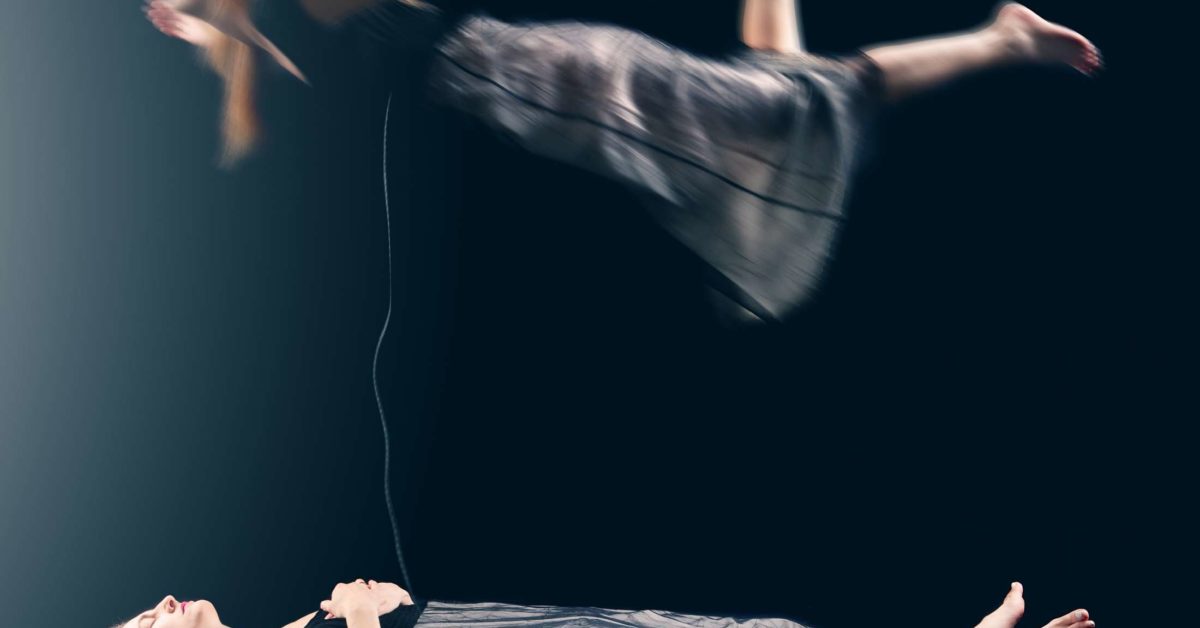Out-of-body experiences: Neuroscience or the paranormal?
Companies, agencies, institutions, etc
Society for Psychical Research
OBE
DMT
MDA
LSD
TPJ
People
Sleep
Dan FulghamIt
Pam Reynolds
Wilder Penfield
Blanke
Groups
Canadian
Swiss
Physical locations
No matching tags
Places
No matching tags
Locations
SD
Events
No matching tags

Summary
They are more likely to occur when sleep is not particularly deep – due to noise, stress, or illness, for example.Physical effort: OBEs have also been reported following or during extreme exertion.Near-death experiences (NDEs): OBEs sometimes occur alongside “light at the end of the tunnel” visions.Other spontaneous OBEs have been reported during meditation, non-life-threatening accidents, anesthesia, hypnosis, child birth, when suffocating, after being shot, while dancing or talking, or, as one 36-year-old police officer relates, during her first night at work.“When I and three other officers stopped the vehicle and started getting [to] the suspect […] I was afraid. I remained there, extremely calm, while I watched the entire procedure – including watching myself do exactly what I had been trained to do.”From a scientific standpoint, induced OBEs offer a more tantalizing glimpse into the physical basis of OBEs. They include:Drugs: Hallucinogenic drugs, and dissociative hallucinogenics in particular – such as DMT, MDA, LSD, and ketamine – can give rise to induced OBEs.Sensory deprivation or overload: Either too little sensory information (floatation tanks or listening to white noise) or too much (torture) can also trigger them.Strong G-forces: Pilots and astronauts occasionally experience OBEs. For instance, when extreme G-forces are encountered, blood can partially drain from certain parts of the brain. Fatigue, stress, drugs, low light levels, and sensory overload or deprivation are among the factors potentially involved.Perhaps the most controversial aspect of OBEs is veridical perception, which is the claim that during an OBE, the viewer is able to literally float out of their body and witness something or someone that they could not have otherwise seen.A well-known example is the case of Pam Reynolds, a brain surgery patient who underwent a highly invasive operation to remove a brain tumor.Following surgery, Reynolds was able to describe aspects of the procedure that had happened at a time when she was clinically dead. Blanke, one of the scientists involved in the Swiss experiment, believes, “OBEs are related to a failure to integrate multisensory information from one’s own body at the temporoparietal junction (TPJ).”In another study conducted by Blanke, he and his team studied six neurological patients with brain lesions that caused them to experience occasional OBEs. They found “the angular gyrus to be involved in all five patients in whom lesion analysis could be performed.”The latest studies position OBEs squarely in the court of the TPJ.
As said here by https://www.medicalnewstoday.com/articles/318464